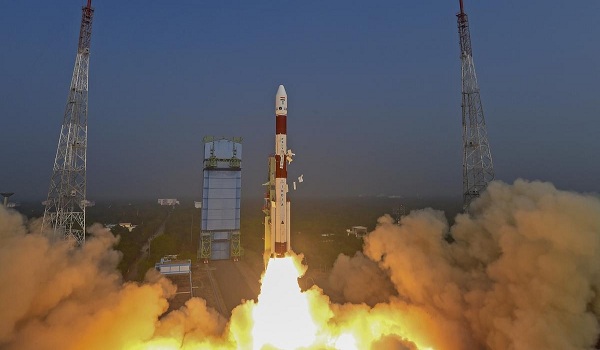- The Indian Space Research Organisation (ISRO) successfully tested a fuel cell that uses hydrogen and oxygen to generate electricity in space.
- This fuel cell was sent to space on the fourth stage of the PSLV on January 1. It generated 180W power.
- These cells will be very useful for human space missions because they produce heat and water as byproducts. It means that a single system can be used for multiple requirements of the mission.
- This fuel cell has been designed by the Vikram Sarabhai Space Centre (VSSC). It is a precursor to the future power systems for space stations.
- The cell uses a silicon-graphite composite, while conventional Li-ion cells use pure graphite as an anode.
- The cell’s ability to survive and perform in the harsh environments of space has been checked during onboarding on the PSLV Orbital Experimental Module (POEM).

